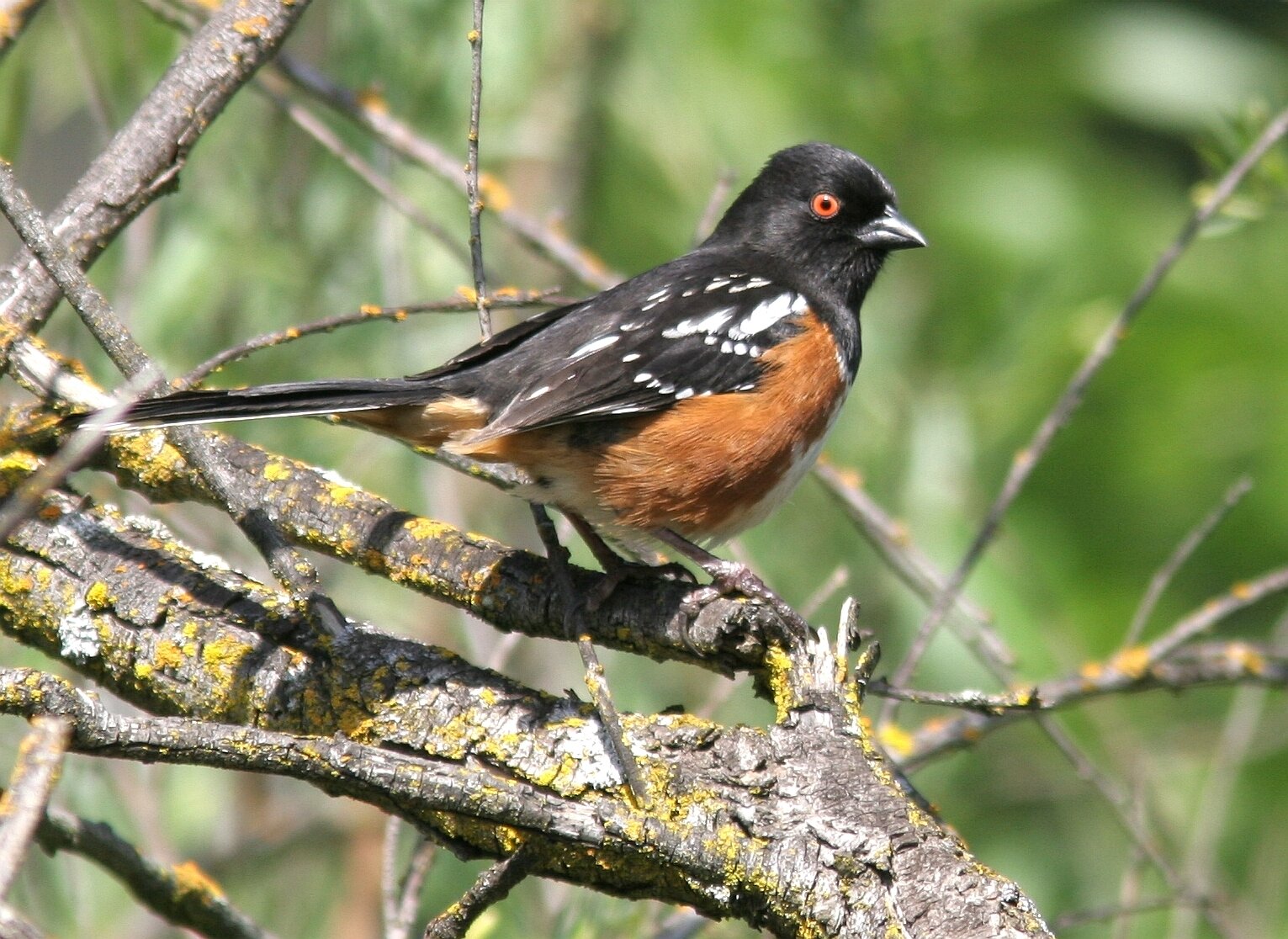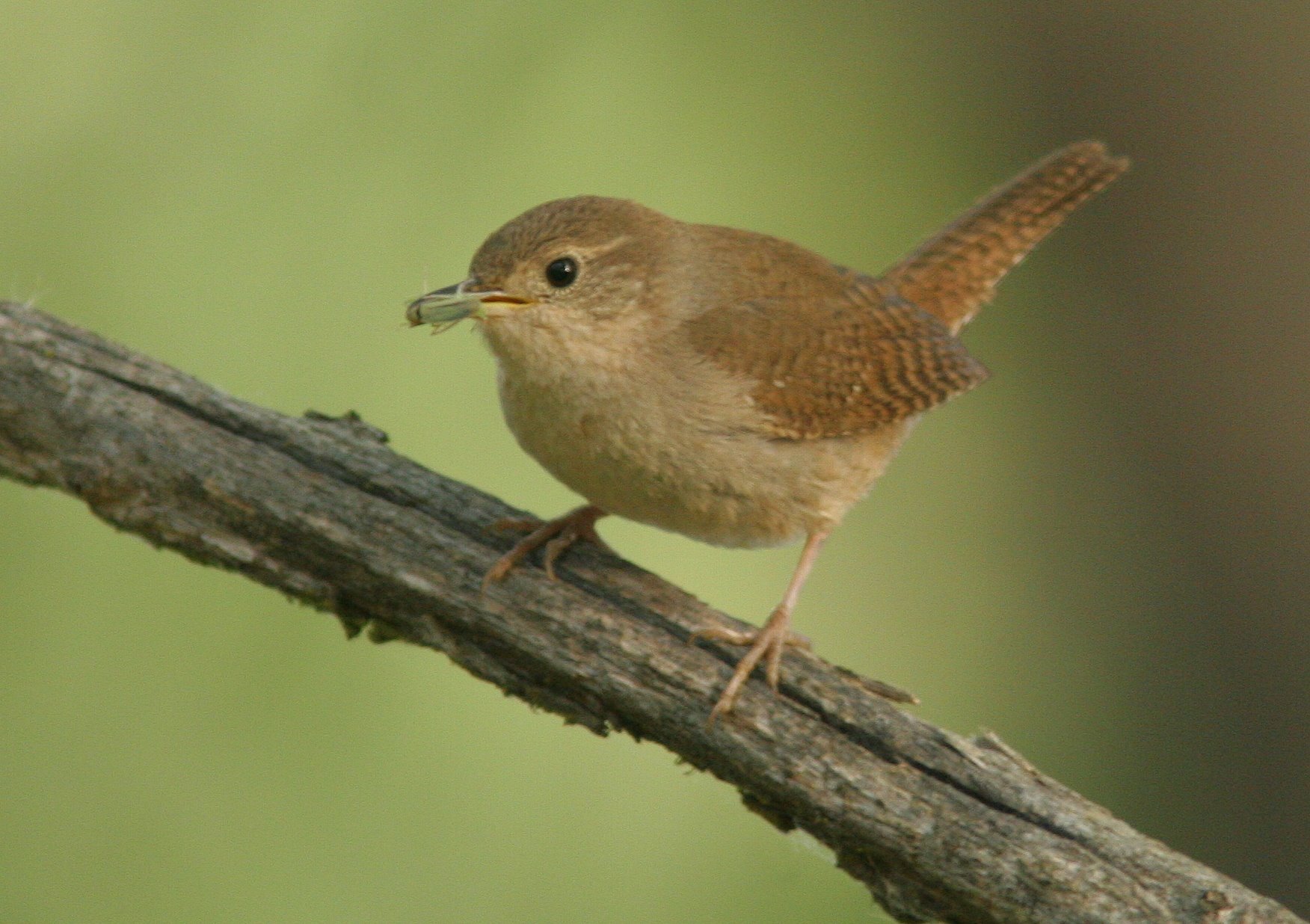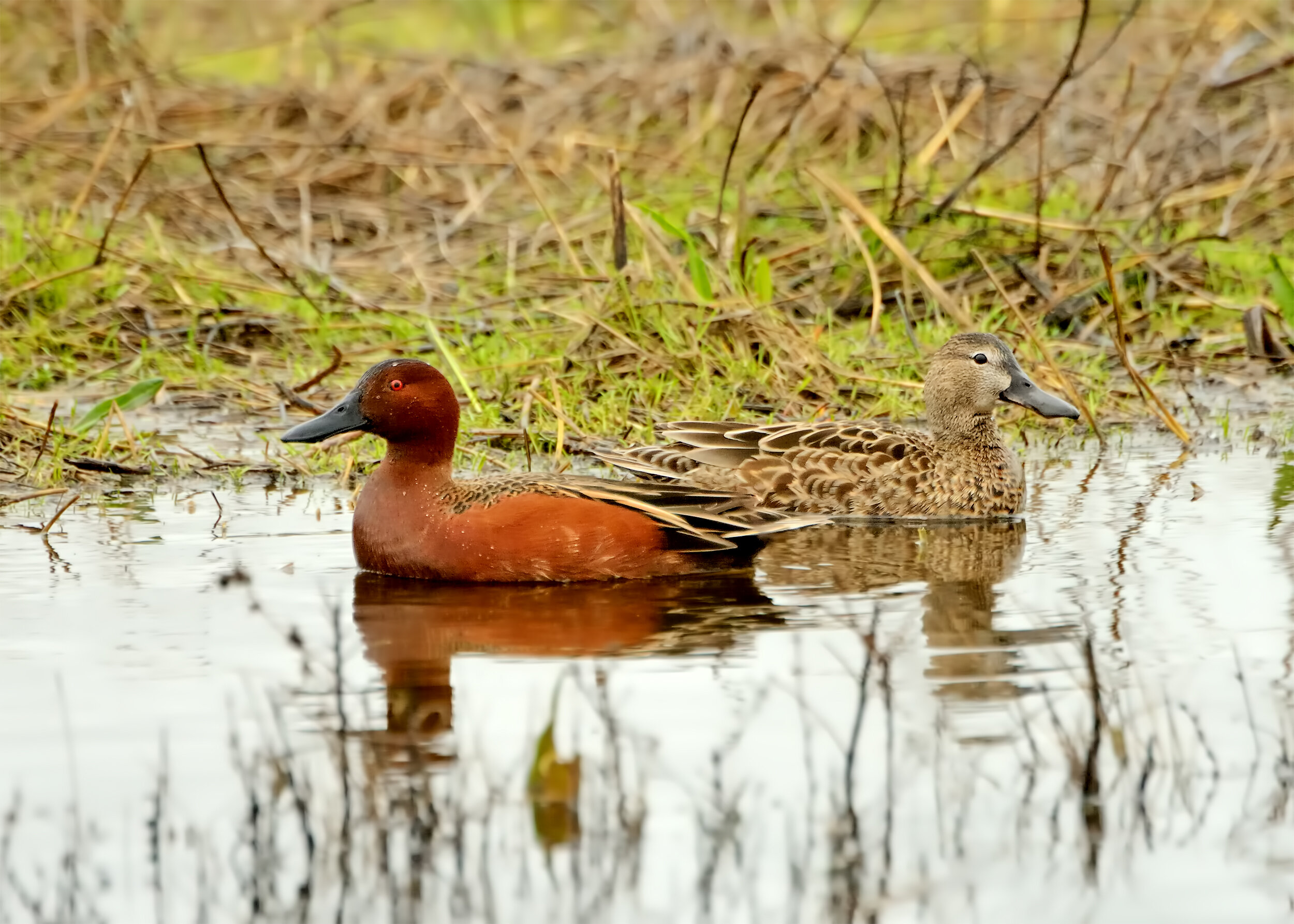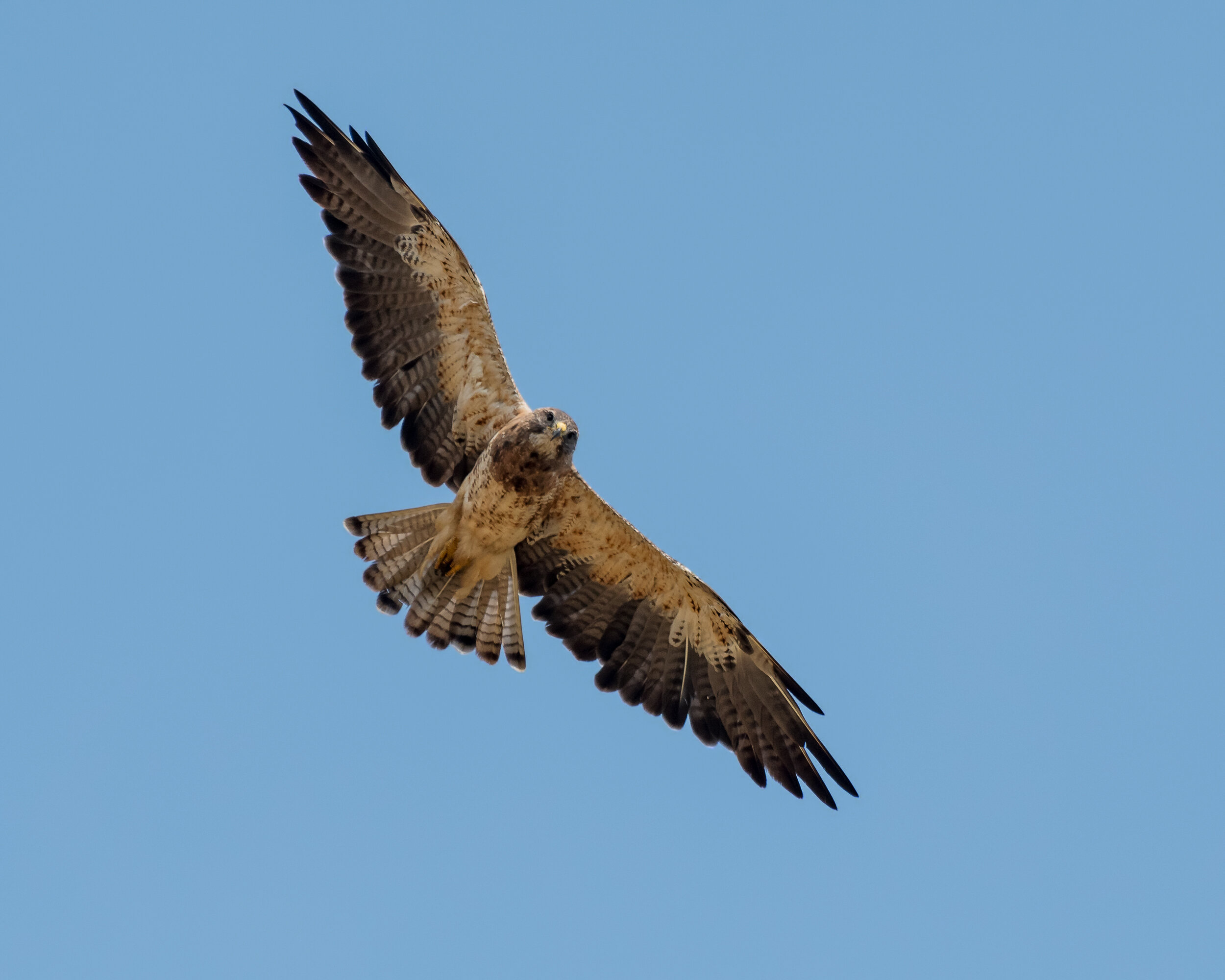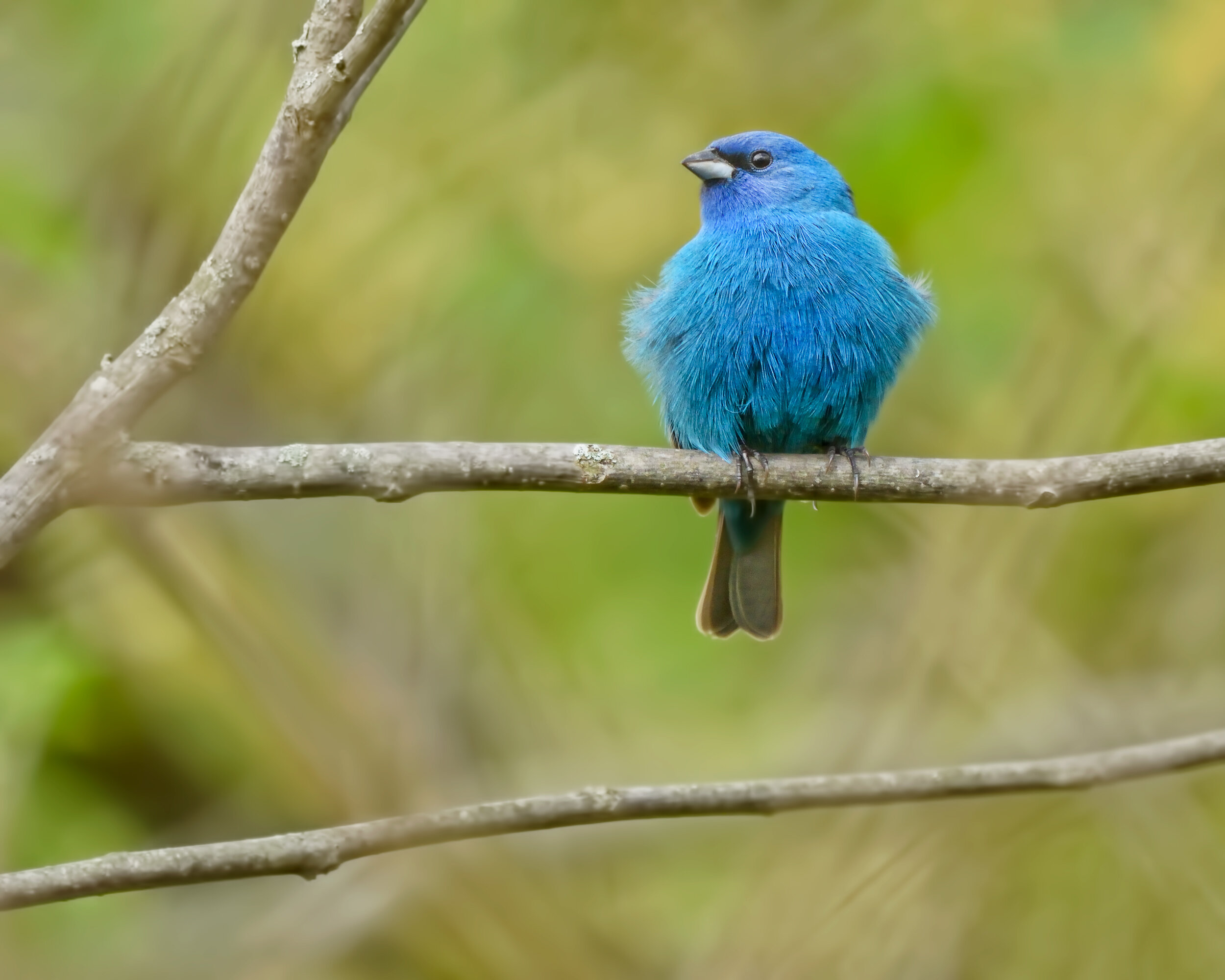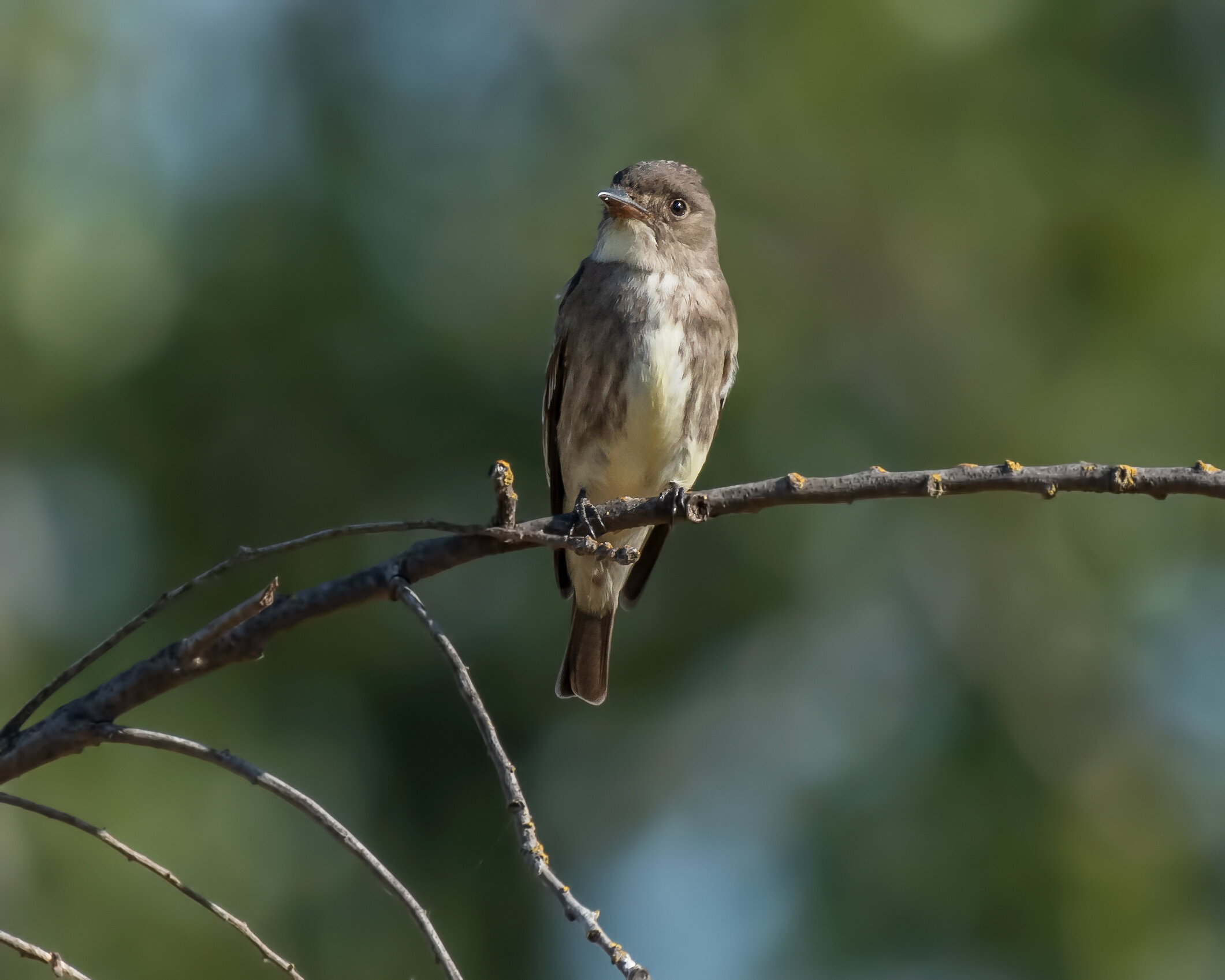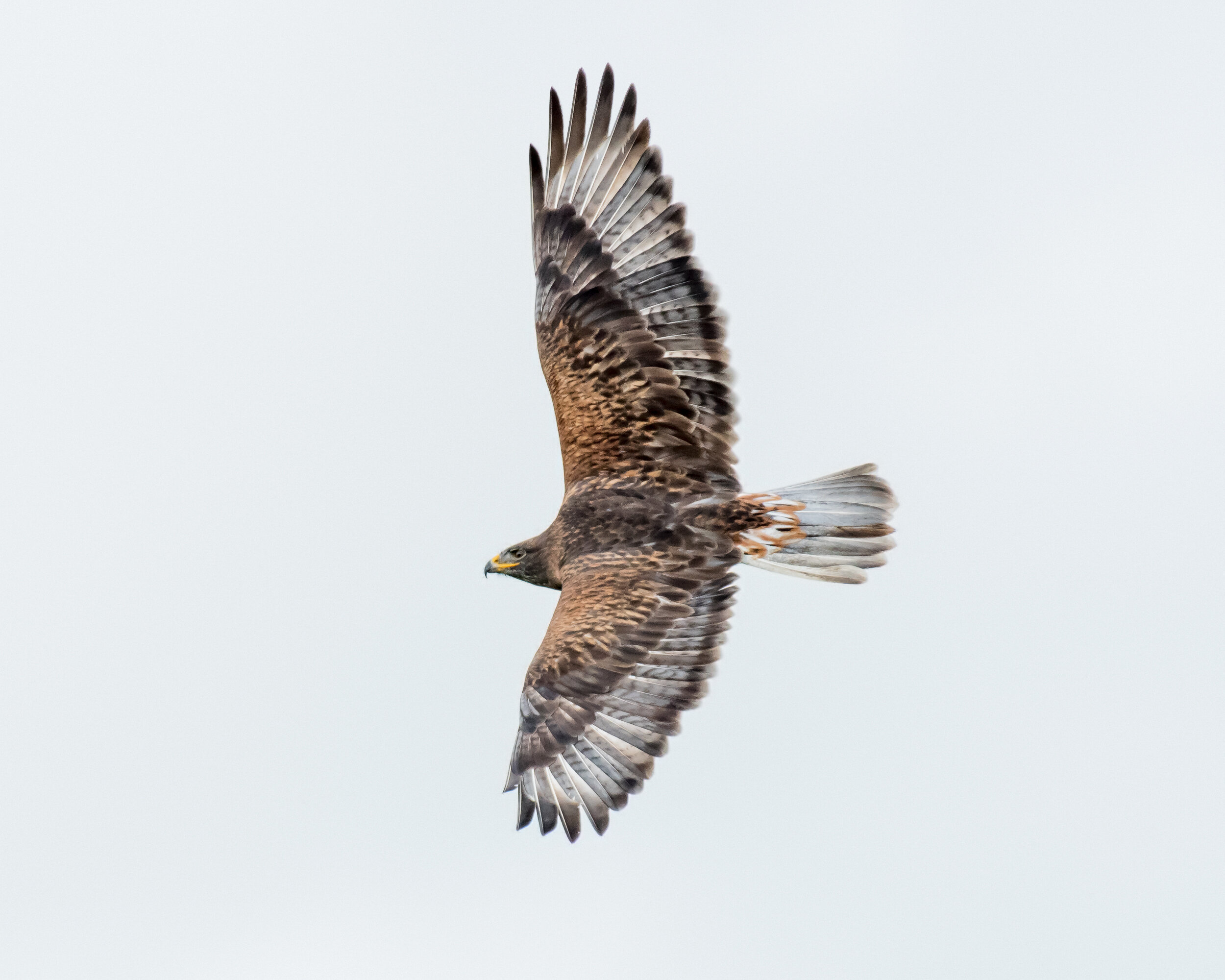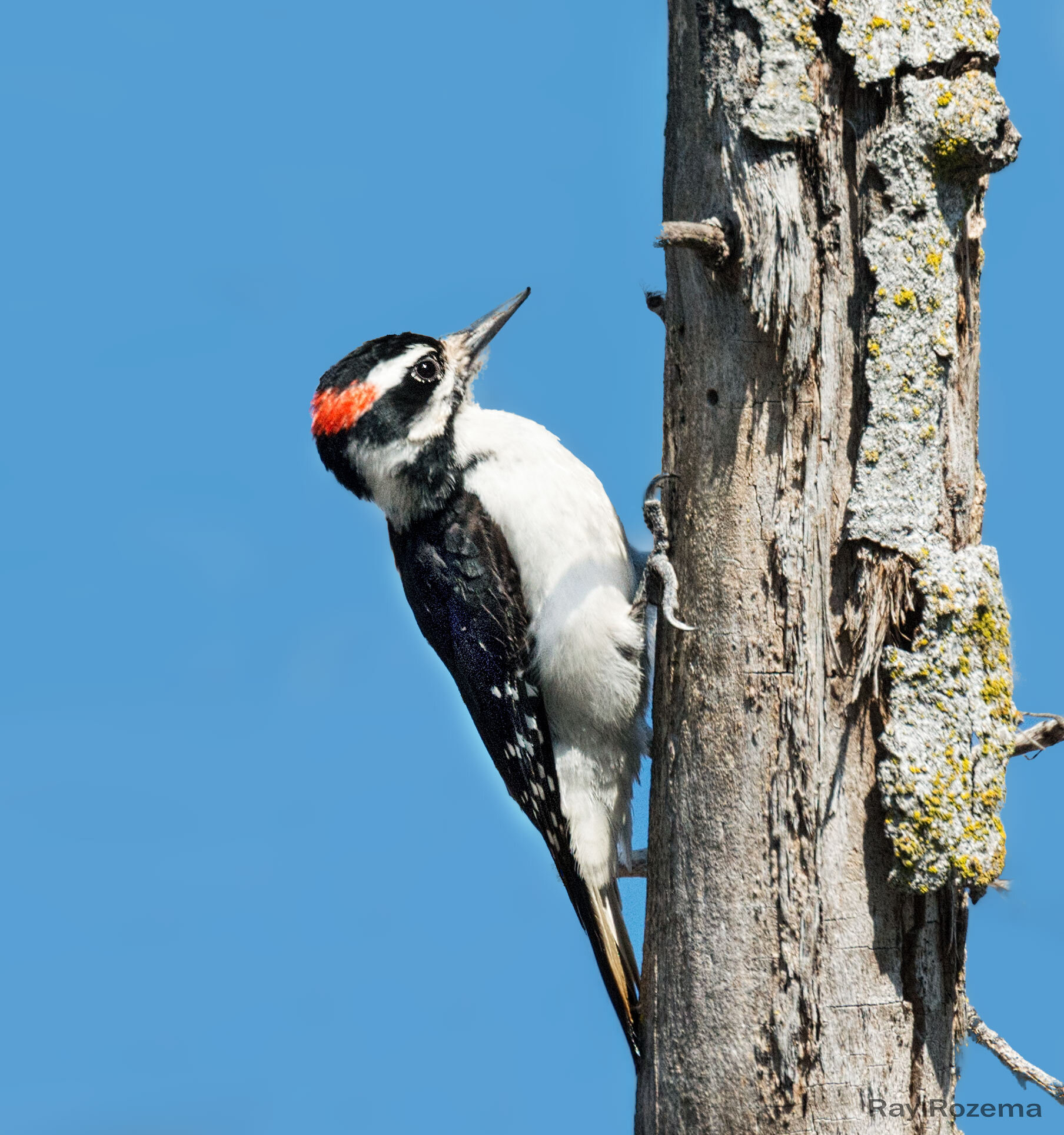Sacramento County Birding
To use the map above, click on any point. You’ll find the name and a brief description with a link to additional information. Alternatively, you can click on the square with an arrow in the upper left hand corner of the map to open a complete list of all the locations on this map. The map is easier to use if you enlarge it by clicking on the partial square in the top right portion of the map.
Fees and directions may have changed. If you have recommended changes for a location, please email them to the Web Committee.
Where to Go Birding in Sacramento County
North Sacramento County
The trail around the park is at its best during spring and fall migration with large numbers of sparrows, warblers, and kinglets in the canopy and on the ground.
If you have never been to Hansen Ranch, you are in for a treat. A leisurely walk on the levee above the pond shows the preserve's many unique qualities. In addition to heron and egret rookeries in the spring, year-round grassland species, and a variety of waterfowl and hawks in the winter, this is excellent habitat for rails which can be heard regularly as you walk along the marsh.
Wolf Ranch has seen a significant increase in bird species and diversity over the years, increasing from 58 species recorded in 2001 to 139 species reported in eBird as of April 2024. The creek is host to egrets, heron, and other wading birds and shorebirds. The restored wetlands in the winter host a variety of waterfowl. Throughout hawks, kestrel and shrike have been known to dot the telephone poles and fence posts.
Tanzanite Park is a good place for a leisurely walk where a wide variety of grassland species are possible. In winter, several species of raptors, including falcons, may also be observed along with herons, egrets, waterfowl, and shorebirds.
Because of its varied habitat, a large variety of birds may be seen in North Natomas. Hawks and blackbirds inhabit the grasslands. In the right season shorebirds, ducks, geese, and swans fill the rice fields. Riparian areas are rife with titmice and woodpeckers year-round and migrant warblers in spring and fall.
South Sacramento County
Stone Lakes National Wildlife Refuge south of Sacramento is beautifully designed for families with small children and those with mobility challenges as it offers a wide level cement trail that loops through the Refuge.
The Bufferlands is an island of open space between South Sacramento and Elk Grove. Currently there is no unguided public access, but information on the numerous public tours can be found on the Bufferlands Event Calendar. Bird-focused tours are also offered on occasion with the Sacramento Audubon Society, check out our Calendar of Events for upcoming tours.
Situated between housing on the north and south, this trail meanders along the creek and marshy areas and is bordered by urban plantings including many oaks. The diversity hosts a nice variety of birds such as ducks, herons, sparrows, and other passerines, with unexpected species always a possibility.
The more than 45,000 acres around the Cosumnes River that make up the Cosumnes River Preserve have been designated as a Globally Important Bird Area with more than 300 species recorded.
The Rancho Seco Recreational Area consists of a reservoir lined with riparian vegetation and a campground and day use area with planted trees and lawn. It has the potential to serve as a migrant trap, since the surrounding habitat is open grassland. It also provides the only public access to the Howard Ranch—a 12,000-acre preserve of grasslands, vernal pools, and oak woodlands.
This seldom visited portion of Sacramento County, including Sherman Island and Brannan Island, has enormous potential. There can be thousands of waterfowl, and many raptors, shorebirds, sparrows, and blackbirds (including Yellow-headed and Tricolored) with a diversity of rarities showing up over the years.
Mather Regional Park is a 64-acre lake surrounded by 158 acres of riparian habitat, upland scrub, seasonal wetland and annual grassland. With just under 200 species recorded at this site, it is a year-round favorite among local birders.
Eastern Grasslands and Blue Oak Woodlands
The following five locations include details on great birding areas from fall through spring. They can be combined into a full day of birding, or taken in sections as time allows. The main attraction for most birders is the chance to see winter raptors and Lewis’s Woodpeckers in a relatively natural setting. It must be mentioned that the areas along Scott and White Rock Roads are under extreme development pressure, and the descriptions that follow are of the areas as they exist today. The Sacramento Valley Conservancy spearheaded a multi-partner effort to purchase 4,000 acres through which Latrobe Road travels—Deer Creek Hills. Determined efforts to preserve open space in the southeastern county are vital if we are to continue enjoying these wonderful birding areas.
Note: Scott Road and White Rock Road are experiencing increasingly heavy traffic, so use caution and pull completely off the road when parking.
Vast grassland expanses and rolling hills provide excellent opportunities to look for Ferruginous Hawks, Prairie Falcons, and other winter raptors. Payen Road has few cars and allows a leisurely visit.
This area is primarily open grasslands interspersed with oaks hosting a wonderful variety of passerines and raptors. The area is of particular interest from the first fall rains until the water dries up (normally in June).
With a mix of blue oak woodland, savanna, and expansive grasslands, a trip along Latrobe Road has a diversity of habitats and a real sense of remoteness. It is the possibility of less common sightings that often draw birders to this location including: Lawrence’s Goldfinches, Band-tailed Pigeons, Hairy Woodpeckers, Steller’s Jays, Greater Roadrunners, and Northern Pygmy-Owls.
Michigan Bar Road is another location where the possibility of less common species is the draw, with Hairy Woodpeckers, Steller’s Jays, Band-tailed Pigeons, American Dippers, and Lawrence’s Goldfinches all rare but possible.
An open country gem, a drive along Meiss Road can produce winter raptors and a variety of passerines. In spring and summer, this area has been fairly reliable for Lesser Nighthawks and Grasshopper Sparrows.
Banner Photo Credit: Spotted Towhee by Chris Conard

